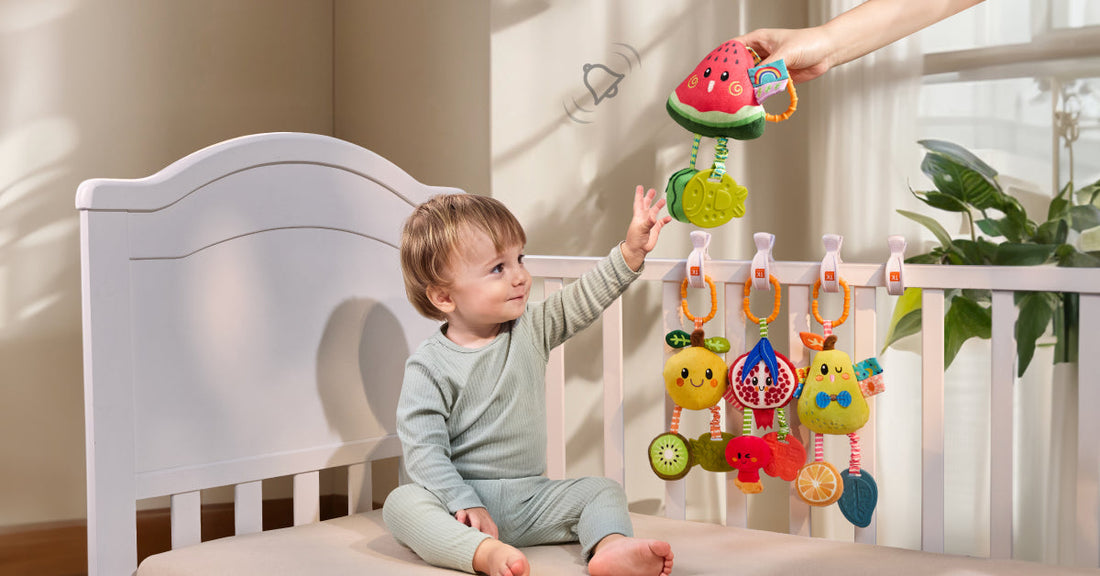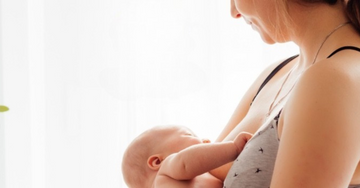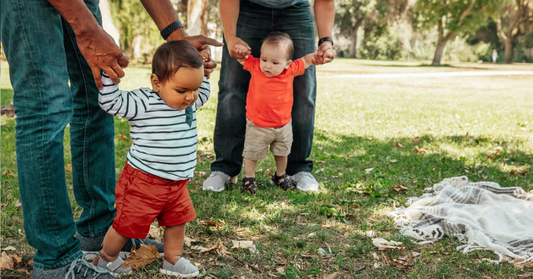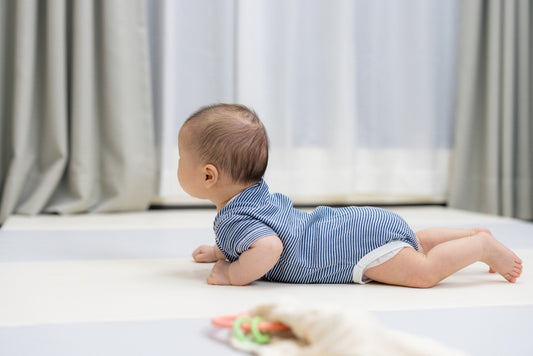What Does Playing With Rattles and Other Noise-Making Toys Teach Infants?

Rattles and other sound-producing toys help infants enhance motor skills, sensory awareness, and early cognitive abilities while promoting parent-child bonding and social interaction. Through simple grasping, shaking, and listening, infants gain a multi-sensory experience that promotes healthy development.
As a parent of a newborn, you might find yourself uncertain about which toys truly make a difference during the earliest developmental stages. Rattles and other noise-making toys often seem too simple—yet you wonder if there’s more value hidden behind those colorful beads and jingling sounds.
Overlooking these seemingly basic toys could mean missing out on crucial learning opportunities for your baby. Without the right stimulation, infants may not fully develop essential motor, cognitive, and sensory skills, potentially affecting their growth later on.
In this article, we’ll explore exactly why playing with rattles and noise-making toys can give infants a head start in multiple areas of development. Read on to discover the benefits and learn how to make the most of these engaging toys.
Rattles and other noise-making toys help infants enhance motor skills, sensory awareness, and early cognitive abilities, all while reinforcing bonding moments and social interaction. By simply grasping, shaking, and listening to the sounds, babies receive a multi-sensory experience that encourages healthy growth.
While the quick answer above reveals why these noisemakers help pave the way for key developmental milestones, there’s much more beneath the surface. Understanding the specific ways rattles support motor, sensory, and even social skills can encourage parents to take a more active role in their baby’s playtime. Let’s dive deeper into how rattles and similar toys open doors to well-rounded development.
How Do Rattles Boost an Infant’s Motor Skills?
Many parents wonder if an infant’s motor skills can really be influenced by something as simple as shaking a toy. It’s easy to dismiss rattles as just another noise-making gadget.
However, ignoring the importance of such playful exercises could slow down your baby’s physical coordination. Missing out on rattle play might mean your little one doesn’t strengthen crucial wrist, finger, and arm coordination at this formative stage.
By learning how rattles actively promote motor development, you can use them intentionally to enhance your infant’s grip and movement control.
Rattles encourage infants to grasp, shake, and reach, which naturally promote arm strength, hand-eye coordination, and spatial awareness. Over time, these repetitive movements refine both fine and gross motor skills.
Why Are Sound-Based Toys Beneficial for Sensory Development?
Some parents assume that sensory development revolves around sight and touch alone, overlooking the role of sound in stimulating a child’s overall growth.
Missing out on sound-based toys could mean your child is not fully engaging their hearing, limiting their ability to process new experiences. If auditory stimulation is neglected, babies won’t develop a strong foundation for language and communication down the road.
Recognizing the power of auditory input helps parents provide a richer sensory environment, ensuring that their little ones benefit from every rattle and jingle they encounter.
Noise-making toys offer repeated auditory feedback that sharpens infants’ hearing abilities and auditory discrimination. As they learn to interpret different sounds, children develop better listening skills and become more receptive to language and cues.
Can Rattles Encourage Social and Cognitive Skills?
Parents often focus strictly on physical milestones, overlooking how interactive play with rattles can affect intellectual and social development.
If these cognitive and social aspects are not nurtured early, infants might lag in key areas like problem-solving and emotional bonding. Babies benefit from empathy and engagement during play, and ignoring these aspects could lead to missed learning opportunities.
Understanding that rattles can also trigger curiosity and foster parent-child interaction allows you to create meaningful moments that build a foundation for healthy social and cognitive growth.
Through rattles, infants learn cause and effect—they shake the toy, and it makes noise. This simple realization spurs cognitive interest and signals early problem-solving and interactive communication skills, especially when a caregiver responds with enthusiasm.
Conclusion
In summary, rattles and other noise-making toys offer a wealth of developmental benefits for infants, from strengthening motor skills and sharpening sensory awareness to boosting cognitive curiosity and social connection. By intentionally incorporating these playful tools into your daily routine, you can help your little one explore their world, gain confidence in their abilities, and forge stronger bonds with you. It’s a small but impactful way to support your baby’s journey toward healthy growth and lifelong learning.







0 comments